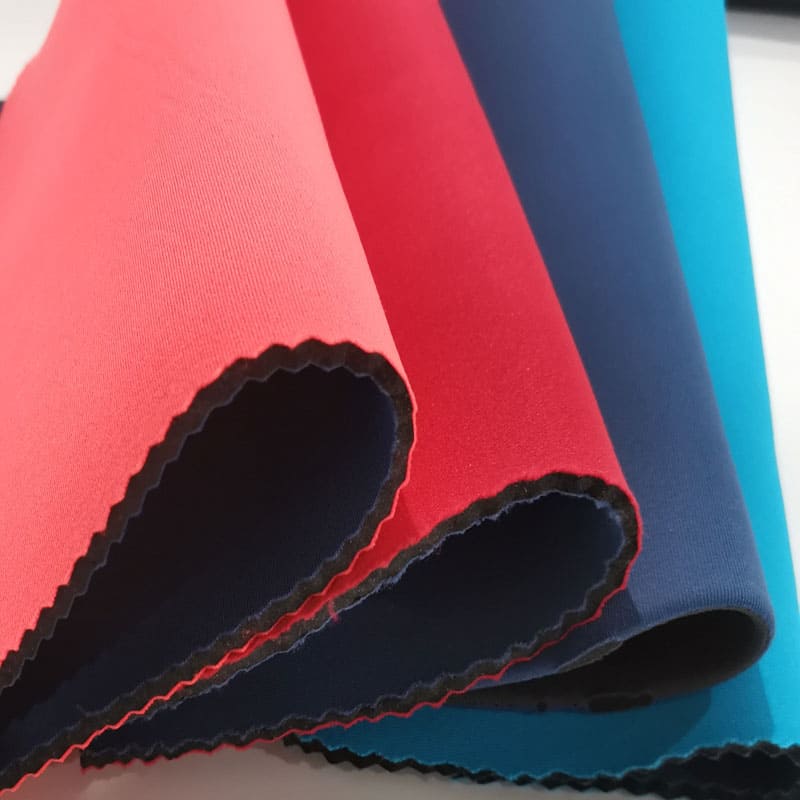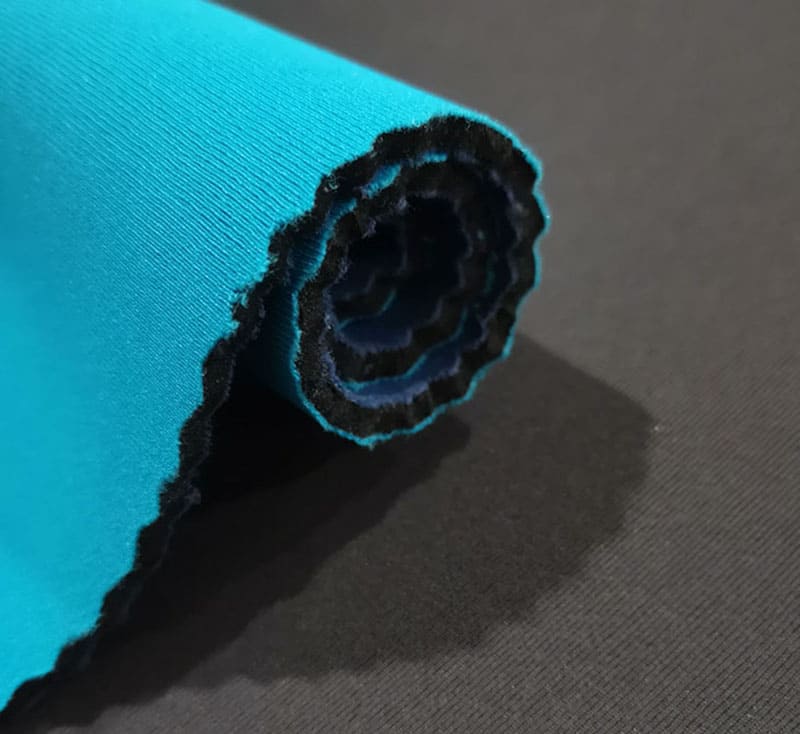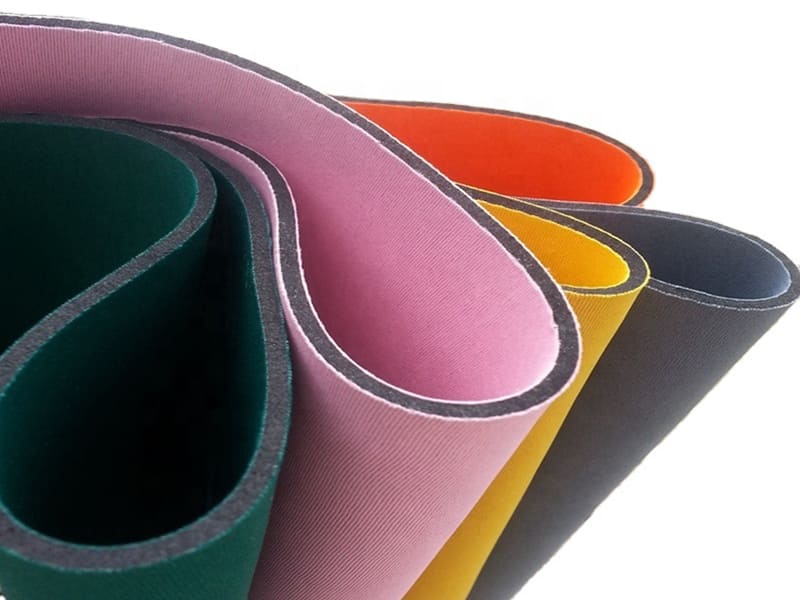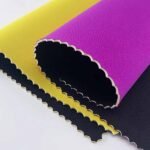If you’ve ever wondered whether neoprene can truly keep water out, you’re not alone. Many people rely on this versatile material for wetsuits, sports gear, and protective covers. But is neoprene just water-resistant, or can it handle more demanding conditions? In this article, we’ll break it down into straightforward terms.
What Is Neoprene?

Neoprene is a synthetic rubber material that was first developed in the 1930s. It is valued for its flexibility, durability, and resistance to temperature extremes. Over the years, it has found its way into a wide range of products, from wetsuits and laptop sleeves to medical braces and industrial seals. People choose neoprene for its ability to provide cushioning, insulation, and some level of water resistance.
Is Neoprene 100% Waterproof?
Neoprene is not completely waterproof. While it is highly resistant to water and can withstand exposure to wet conditions, it is not impermeable. Water can seep through the fabric’s tiny pores under certain conditions, especially if it is under pressure or if the material is stretched. That’s why most wetsuits and neoprene products have glued or taped seams to minimize water penetration. In short, neoprene offers excellent water resistance, but it cannot be considered fully waterproof without additional treatments or layering.
Can Water Penetrate Neoprene?

Yes, water can penetrate neoprene to some degree. The material itself is dense and does a great job repelling water, but it is not a solid barrier. Over time, and particularly under pressure or prolonged exposure, small amounts of water can make their way through. This is why manufacturers often use double-sided neoprene or laminated layers to reduce water entry.
Common Situations Where Water Might Penetrate
- High Pressure: When neoprene is submerged at depth, water pressure can force small amounts of water through the pores.
- Extended Submersion: Long-term exposure to water increases the likelihood of seepage.
- Surface Damage: Worn or punctured neoprene will allow water to penetrate more easily.
In most everyday uses, such as in wetsuits or protective cases, neoprene’s water resistance is more than sufficient. For applications requiring complete waterproofing, however, additional sealing methods are necessary.
What Happens When Neoprene Gets Wet?
When neoprene gets wet, it retains water in its structure but does not become waterlogged. This unique quality is what makes it so effective as an insulating material. The water trapped within the neoprene’s pores is warmed by body heat, creating a protective thermal layer. This is why wetsuits made of neoprene are so popular among divers and surfers. Even when wet, neoprene continues to provide warmth and buoyancy, making it an excellent choice for water sports and outdoor activities.
Key Effects of Water on Neoprene
- Increased Weight: Neoprene will feel heavier when wet because it holds a small amount of water.
- Improved Insulation: The trapped water helps maintain warmth by reducing heat loss.
- Prolonged Drying Time: Neoprene takes longer to dry compared to completely waterproof materials.
Despite these changes, neoprene remains functional and durable. Its performance in wet conditions is one of the reasons it is so widely used in aquatic environments.
How Does Neoprene’s Water Resistance Compare to Other Materials?

Neoprene offers a unique balance of water resistance, flexibility, and insulation. When compared to materials like nylon, PVC, or rubber, neoprene stands out for its versatility. For example:
| Material | Water Resistance | Flexibility | Durability | Insulation |
|---|---|---|---|---|
| Neoprene | High | High | High | High |
| Nylon | Moderate | High | Moderate | Low |
| PVC | Very High | Low | Moderate | Low |
| Rubber | Very High | Low | High | Low |
This table shows that while neoprene isn’t completely waterproof, its other properties make it the material of choice for many applications where a combination of water resistance, flexibility, and insulation is needed.
Do Different Types Of Neoprene Offer Varying Levels Of Water Resistance?
Yes, different types of neoprene can have varying water-resistant properties. The manufacturing process, thickness, and treatments all play a role in determining how much water resistance the material offers. Some neoprene is double-lined, meaning it has fabric layers on both sides. This construction improves durability and water resistance. In contrast, single-sided neoprene or uncoated neoprene may allow more water penetration.
Factors That Affect Water Resistance
- Thickness: Thicker neoprene generally provides better water resistance.
- Surface Coating: Some neoprene is treated with a water-repellent coating to enhance its performance.
- Seam Construction: The type of seams—flatlock, blind stitch, or taped—can influence water resistance. Taped seams offer the best protection.
When choosing neoprene products, it’s helpful to consider these variations. If maximum water resistance is important, look for products that use laminated or coated neoprene, and check the seam construction.
What Destroys Neoprene?
Neoprene is a durable material, but certain conditions can weaken it over time. Prolonged exposure to UV rays, harsh chemicals, or extreme temperatures can degrade the material. Improper care, such as drying it in direct sunlight or storing it in a tightly compressed state, can cause cracks, tears, or loss of flexibility. Additionally, repeated stretching or overuse can lead to wear and reduced performance.
Tips for Preserving Neoprene
- Rinse After Use: Wash neoprene with clean, cold water after exposure to salt, chlorine, or chemicals.
- Air Dry Away from Direct Sunlight: UV light can break down neoprene’s structure over time.
- Store Properly: Keep neoprene items flat or loosely folded to maintain their shape and elasticity.
- Avoid Harsh Cleaners: Use mild detergents designed for wetsuits to clean neoprene products.
By following these steps, you can extend the lifespan of neoprene products and ensure that they continue to perform well under wet conditions.
Conclusion
Neoprene is a highly water-resistant material that can withstand wet conditions and provide insulation, making it a popular choice for a wide range of products. While it is not completely waterproof, it offers enough water resistance for most applications. When cared for properly, neoprene products can last for years, even with regular exposure to moisture. If you’re considering using neoprene for your products, Szoneier can help you explore customization options and find the right solutions for your needs.











